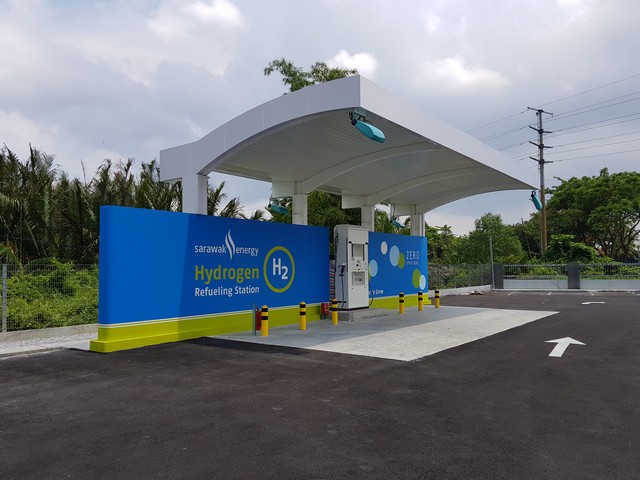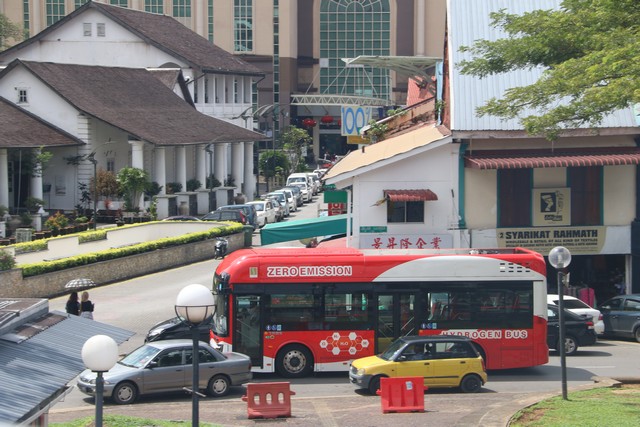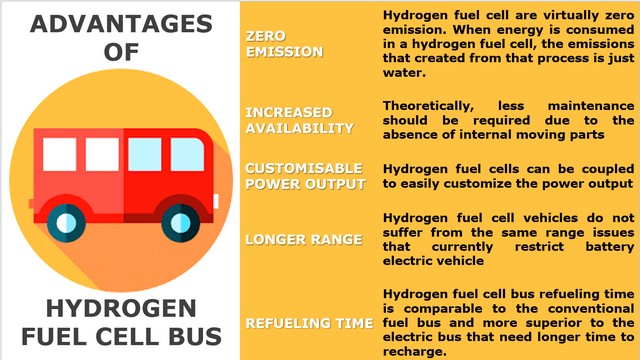In line with the Post COVID-19 Development Strategy (PCDS) 2030, the utilisation of hydrogen energy is among the new methods to improve Sarawak’s economy.
Premier Datuk Patinggi Tan Sri (Dr) Abang Haji Abdul Rahman Zohari bin Tun Datuk Abang Haji Openg said that aside from utilising hydrogen energy, the carbon capture, utilisation, and storage (CCUS) is also a new source of income.

He said this would reduce dependence on conventional sources including diesel.
“Currently, hydrogen is talked about as an energy source in the face of climate change issues.
“The latest data shows that global warming has caused excess heat to be absorbed by the sea, thus changing its condition.
“This is becoming a global problem because the fish population will decrease,”
This was quoted from a news report from the Sarawak Public Communications Unit (UKAS).
Transportation is among the biggest contributor of carbon dioxide (CO2) emission as it accounts for 24 per cent of CO2 emission from energy.
Hydrogen bus
Hence, to reduce greenhouse gas emissions, Sarawak has introduced the use of three hydrogen buses on 1st August 2019 in Kuching. This marks the use of hydrogen in public buses the first in Malaysia and Southeast Asia.

As opposed to traditional fossil fuel buses that emits harmful pollutants and greenhouse gases, hydrogen buses only emit water vapour.
Thus, this makes hydrogen buses does not contribute to air pollution which can lead to climate change.
Multi-fuelling station
Aside from that, it was also announced that the State government plans to develop six multi-fuel stations in Sarawak that cater to vehicles powered by standard fossil fuels, electricity and hydrogen in the next several years to come.
The first multi-fuel station is located in Darul Hana, Kuching. The latest multi fuel station that has been launched this year is in Daro.
It was also reported that other stations will be set up in Pusa, Kapit, Sibu and Miri.
The introduction of the multi fuel station is a step towards promoting the use of electric vehicles for environmental sustainability.
ART vehicle
By 2050, Sarawak will have its own Autonomous rail transit (ART), a proposed two-line hybrid metro forming part of the Kuching Urban Transportation System (KUTS).
According to the Sarawak Premier, the ART initiative is anticipated to reduce carbon footprint in the city by 15 per cent by 2030.
The ART vehicle is the hybrid vehicle between a train, a bus and a tram, powered by hydrogen fuel cells, that uses rubber tyres and run-on virtual tracks on dedicated lanes.
As of now, it is reported that PHASE 1 of KUTS project, which involves the design, construction, and commissioning of the three Autonomous Rapid Transit (ART) lines, was 8.25 per cent completed as of the first quarter of this year.
With a total length of 69.9 kilometres, the thre ART lines are Blue Line – from Rembus to Hikmah Exchange (27.6 kilometres), Red Line – from Kuching Sentral to Pending (12.3 kilometres) and Green Line – from Pending to Damai Central (30 kilometres).
The Blue, Red and Green lines are expected to be completed in Q4 of 2025, Q4 of 2026, and Q4 of 2027 respectively.
Hydrogen-powered fuel cell electric vehicles
In 2022, Deputy Minister of Energy and Environmental Sustainability Dr Hazland Abang Hipni said that Sarawak is set to host an automotive assembly plant to produce hydrogen-powered fuel cell electric vehicles (FCEVs).
The proposed plant will help bring down the cost of hydrogen-powered FCEVs in line with the Sarawak government’s policy for the automotive industry to switch to clean and renewable energy (RE) sources and reduce dependence on fossil fuels.
He added that the plant is to be set up by a foreign company and is part of the state government’s overall emphasis on renewable energy to power the economy.






